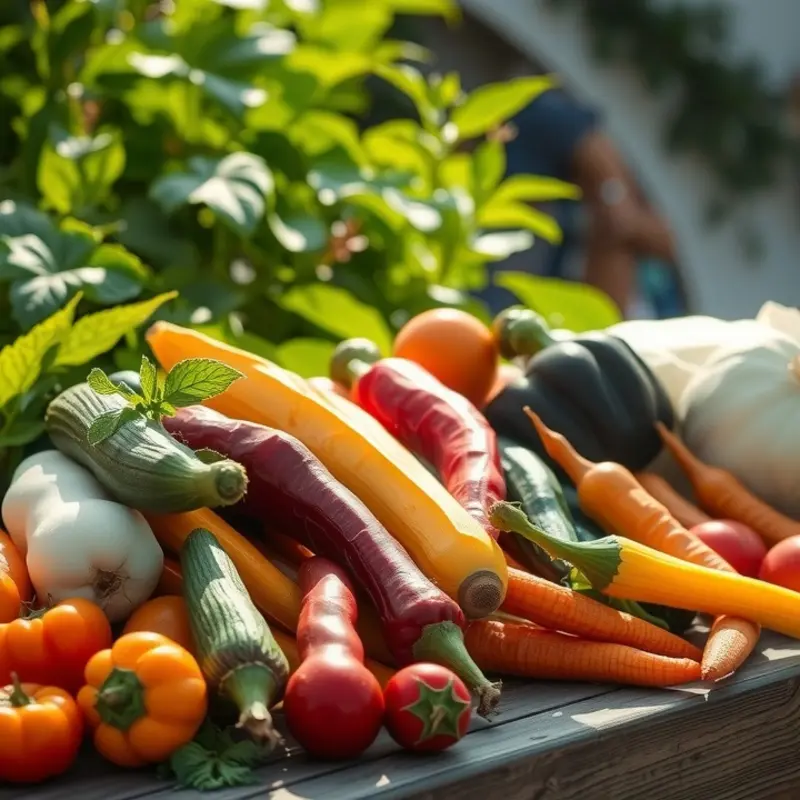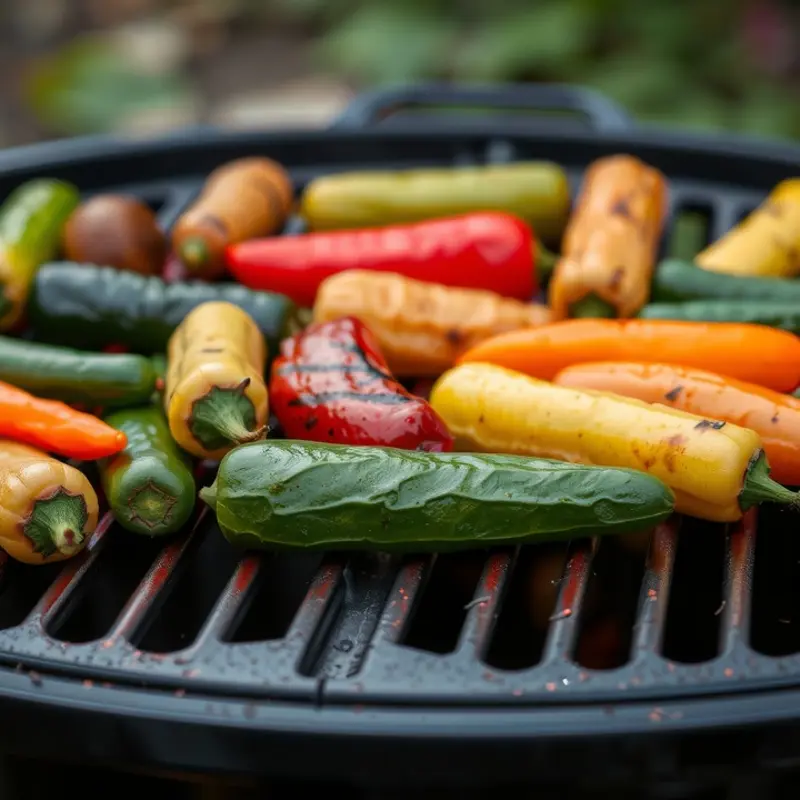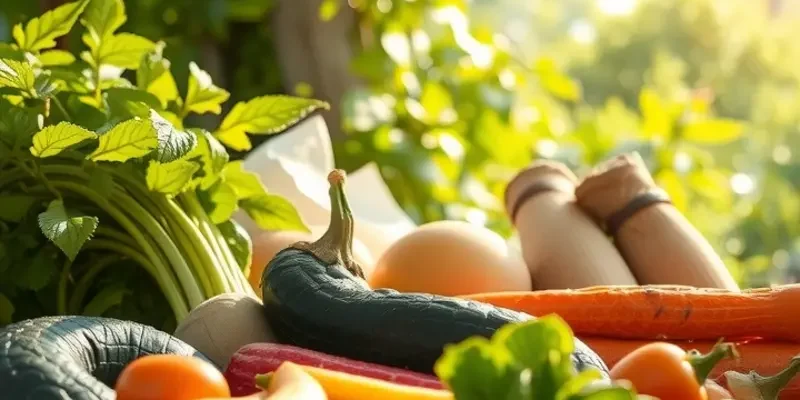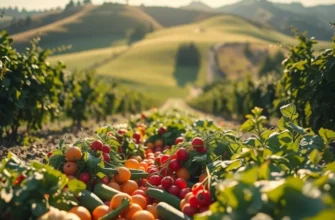Charring vegetables can bring out their natural sweetness and add a delightful smoky flavor to your dishes. Whether you are grilling outdoors or using a stovetop method, mastering the art of charring can elevate simple ingredients into flavorful, gourmet components. This guide provides practical tips and techniques for home cooks of all skill levels to successfully char vegetables and enhance your culinary repertoire.
The Basics of Charring: Techniques and Tools

Charring vegetables can transform a plain ingredient into a flavorful dish with rich and complex tastes. The secret to achieving the perfect char lies in using the right techniques and tools. Selecting the appropriate vegetables is the first step. Hardier vegetables like bell peppers, asparagus, and zucchini are ideal candidates due to their robust texture, which holds up well against high heat. Softer vegetables can also be charred but require a gentler approach to prevent them from turning mushy.
The choice of oil is crucial when preparing vegetables for charring. A high smoke-point oil, such as grapeseed or avocado oil, is recommended. These oils withstand high temperatures without breaking down, ensuring a clean flavor that enhances the natural sweetness of the vegetables. Coating the vegetables lightly helps to facilitate even heat distribution and prevents them from sticking to the grill.
Temperature control is perhaps the most vital aspect of charring. The key is to maintain a consistently high heat setting. This allows the vegetables to cook quickly and develop a beautiful char while maintaining a tender interior. Whether you are using a grill pan or an outdoor grill, preheat until it’s hot enough that a drop of water sizzles instantly.
For many, a grill pan is a convenient tool for achieving a good char indoors. Its ridges leave attractive grill marks while allowing excess moisture to escape, which is crucial to getting that signature smoky flavor. Ensure that the grill pan is adequately preheated before placing the vegetables. Place them in a single layer without overcrowding, which can cause uneven cooking.
Charcoal or gas grills provide an authentic smoky flavor that enhances the complexity of the charred vegetables. If you’re an outdoor enthusiast, these options are ideal. Remember to leave the lid open for quick charring and closed for slower cooking if the vegetables need more time to soften after initial charring.
Turning the vegetables is also critical for an even char. Use tongs to flip the vegetables once they have visible grill marks. Let their natural juices caramelize one side before turning to ensure each piece bursts with flavor.
For an eco-friendly approach to grilling, consider eco-smart kitchen storage ideas to keep your ingredients fresh and reduce waste. Storing pre-cut vegetables in airtight containers can save time and also make your cooking process more sustainable.
Incorporating these techniques and tools can elevate the way you prepare vegetables, transforming them from a simple side dish to the star of the meal. With practice, mastering the art of charring will add a delightful depth of flavor to your culinary repertoire.
Mastering Vegetable Charring: Step-by-Step Guide

Charring vegetables is an art that elevates their flavors to a whole new level. Achieving perfectly charred veggies is not just about throwing them on a grill and waiting. It takes understanding how different vegetables react to heat, how to cut them, and how to season them. Let’s explore the step-by-step techniques for an array of vegetables including bell peppers, zucchini, asparagus, and corn.
Bell Peppers
To char bell peppers, start by slicing them into quarters. Remove the seeds and membrane for an even char. Coating them with just a small amount of olive oil enhances the flavor and helps with even cooking. Set your grill to a medium-high heat. Place the peppers skin-side down and let them sit untouched for about 5-7 minutes until the skin blistered and blackened. Peppers have natural sugars that caramelize, adding a subtle sweetness to the char.
Zucchini
For zucchini, begin by slicing them lengthwise into thick strips, about half an inch thick. Lightly brush with oil and sprinkle salt and pepper to taste. Grill over medium-high heat for about 3-4 minutes per side. Look for those beautiful grill marks and a tender but not mushy texture. Zucchini doesn’t need long on the grill due to its high water content, so be cautious not to overcook it.
Asparagus
Trim the woody ends of asparagus spears before grilling. Toss the spears with olive oil, salt, and pepper, ensuring they are evenly coated. Grill them directly over medium heat for about 5 minutes, turning occasionally. The asparagus should be tender with a gentle char, which adds a delightful smokiness balanced by its fresh, green taste.
Corn on the Cob
Begin by soaking corn on the cob in water for about 15 minutes with the husks on. This step prevents burning and helps steam the kernels. Peel back the husks without removing them, clean off the silk, and wrap the husks back over the corn. Grill for about 15 minutes over medium heat, rotating occasionally. The natural sugars in corn develop a complex, caramelized flavor when perfectly charred.
General Tips
Always preheat your grill so the vegetables char quickly rather than steaming. Use minimal oil to prevent flare-ups and maximize flavor penetration. Seasoning can be as simple as salt and pepper, allowing the natural flavors to shine, or you can experiment with herbs and spices for added complexity. For those seeking lower sodium options, explore ways to boost flavor without salt.
Mastering the art of charring vegetables involves understanding the unique characteristics of each type. With practice, you’ll be able to transform simple vegetables into gourmet dishes that impress with their deep, smoky flavors and satisfying textures. Whether you’re enhancing your salad game or impressing guests at a barbecue, perfectly charred vegetables will undoubtedly stand out.
Final words
By incorporating charring techniques into your cooking, you can unlock a new world of flavor and creativity in the kitchen. Remember to choose the right vegetables, control your heat, and experiment with different seasonings to find what suits your taste. The skills learned here will enhance not just your vegetable dishes but your overall cooking prowess. So grab your favorite veggies, fire up your grill or skillet, and enjoy the delicious results of your newfound skills!







